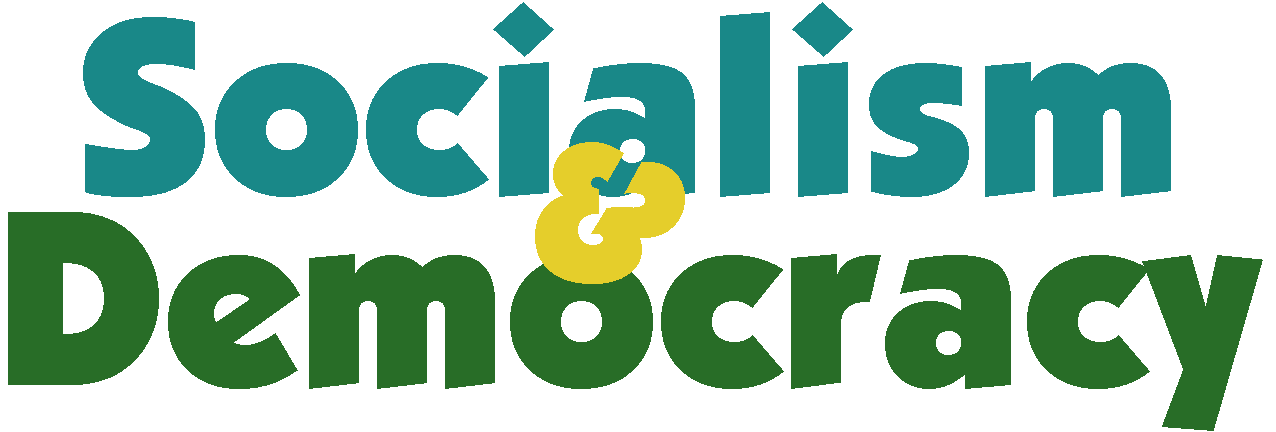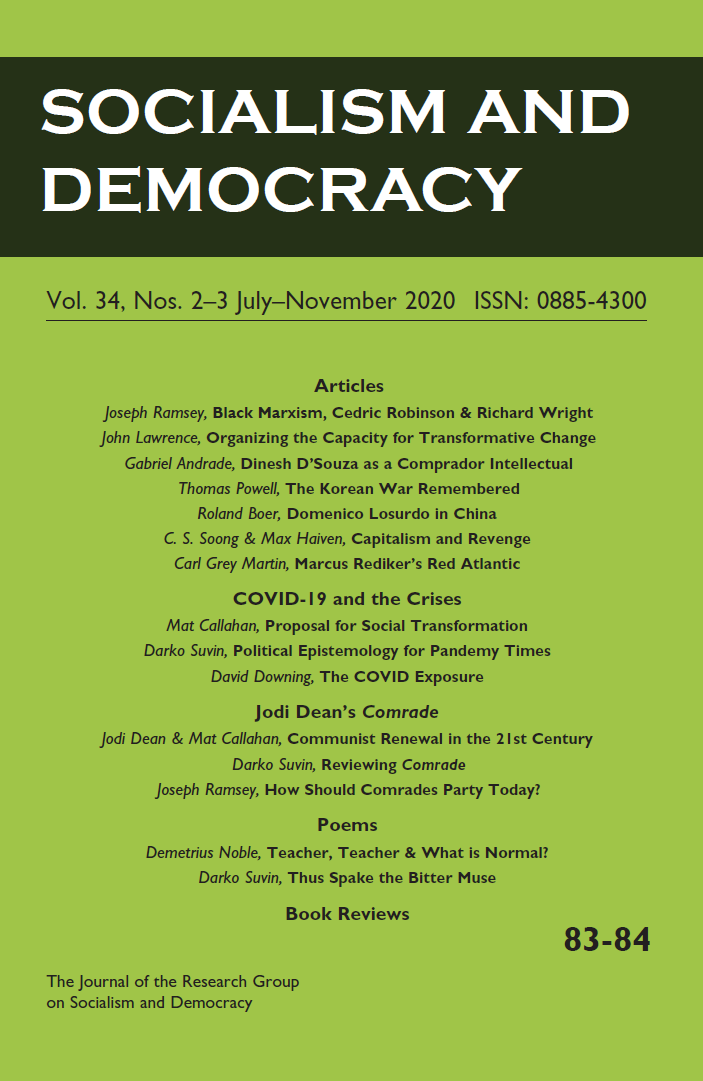Nadina LaSpina, Such A Pretty Girl: A Story of Struggle, Empowerment, and Disability Pride. (Oakland, CA: New Village Press, 2019),332 pp. $19.95
The story of Nadina LaSpina’s life told in Such A Pretty Girl introduces the reader to the history of the Disability Rights movement in the United States. Through the personal, one learns the political. As an immigrant from an Italian Catholic family who contracted polio as a child, LaSpina felt the impact of the “moral model” of disability in her life. The title itself tells the cultural shame and sadness that a pretty girl should be ‘cursed’ with a visible disability. As a ‘cripple’ she could never expect to be loved or accepted by peers. Her father’s hopes for her epitomize the “medical model” of disability in seeking a cure to make her as non-disabled as possible. Doctors were the experts and the disabled person was expected to accept and embrace all medical procedures that held the possibility of making her ‘normal.’ When ‘normal’ is a hegemonic ideal of productive bodies and usefulness to society through economic contributions, then people with disabilities are stereotyped and excluded. Liat Ben-Moshe et al (2009) contest this notion within the field of Disability Studies: “Disability Studies deconstructs and reconstructs the meaning of disability through investigating the social construction of disability, the power structures that support and enhance ableism, and the idea of normalcy.”
Nadina LaSpina’s father, whom she adored, was a builder. He fixed things but could not fix his daughter’s polio. As a dutiful daughter, she wore heavy, leg braces to walk in an effort to please her father and appear more ‘normal’ rather than use a wheelchair. Hearing Che peccato! “What a shame” as a child in Italy, LaSpina learned the ableist notions applied to people with disabilities. As a young teen, coming to the US for her first of many surgeries, listening to pop music and learning to put on makeup with girlfriends in hospital wards, she had moments of typical adolescence and dreams of ordinariness. Yet these dreams were coupled with the indignities of doctor rounds (what Foucault [1973] referred to as the “Clinical Gaze”),1 loss of modesty and personal choices, being treated like an object of study, and a curiosity for medical students. She experienced surgery after surgery in efforts to make her ‘normal’. Who was this for? Who was served by this? We might ask how disability is shaped by the economic interest of the US medical industry.
In reality, disability offers the diversity society requires to be strong and healthy. We view diversity in other species as a strength yet fail to see it in humans. For example, we don’t call a penguin a ‘disabled’ bird because it doesn’t fly the way a hummingbird flies. We don’t call a peacock disabled because it doesn’t swim as a duck does. We acknowledge that there are a variety of ways to move and function in the world and each has its own pros and cons. There is no standard human. Foucault characterized how we measure bodies in order to categorize and control them as biopolitics. LaSpina transgresses the notion of ‘normal’ by eventually defining herself as a disabled woman with pride. She rejects capitalism’s standardization of people as goods.
While LaSpina’s friend, Audrey, sadly bought into the ableist notion of ‘better dead than disabled,’ LaSpina joined the Disability Rights movement and began a life of activism.
The book takes the reader on the journey of the growing struggle for disability rights in the United States. LaSpina shares her interactions with most of the major figures in the Disability Rights movement. She describes the impact of life changing laws such as ‘handicapped’ parking spaces which make a significant difference for disabled individuals while hardly noticed by non-disabled people except to illegally grab the ‘best’ parking spot when stopping for coffee! Able bodied privilege is made obvious in the book by the laws dealing with this and other matters such as accessible entrances, work accessibility, etc.
Such A Pretty Girl describes the struggles to bring about the Americans with Disabilities Act (ADA 1990) which prohibits private employers, state and local governments, employment agencies and labor unions from discriminating against qualified individuals with disabilities. The ADA Amendment Act (2008) made important changes to the definition of the term "disability", changing how it had been defined in several Supreme Court decisions and portions of the Equal Employment Opportunity Commission's ADA regulations. LaSpina brings us an insider’s view, humanizing the law for the reader and demonstrating the use of the social model of disability. Readers become privy to the friendships and alliances made among activists and organizations: for example, Frieda Zames and others; ADAPT and Disabled In Action (DIA). LaSpina shares her journey to construct a disability identity with pride. She is honest in describing the conundrum of acceptance and love versus being exploited or fetishized as a disabled woman. As she embraces her disability identity, LaSpina finds her growing voice and a personal love. She is honest about her ambivalence in transgressing the tired ideas of being a ‘good girl’ even as she worries about disappointing her father’s hope for a cure. Her frankness about sexuality breaks ableist stereotypes. Her narrative articulates the oppression and marginalization experienced by most disabled people that is unacknowledged by the Temporarily Able Bodied.
Who is served by the way we define ‘normal’? Who is harmed? Such a Pretty Girl explores these questions while the author finds her identity as a disabled woman. She is arrested time and time again in the struggle to exercise her civil rights. For years, she foregoes marrying the man of her dreams because of the discriminatory rules for people with disabilities. When able-bodied people marry, usually a person can receive benefits from a spouse’s insurance. When a disabled person marries, they generally lose their disability benefits. Institutional ableism punishes a person for having a disability and endangers lives. LaSpina rejects the notion of being fixed or cured by embracing her disability identity with pride as she rejects the capitalist notion of ‘normal’. She moves herself into the position of subject versus object as she describes the multiple intersecting systems of relations of power. LaSpina steps outside the hegemonic discourse of medicine to seek justice for disabled people.
Much of the book focuses on New York City, so readers do not receive a clear sense of how the laws are implemented in rural communities. Including more information about the failure of the health care system (i.e., who pays for surgeries, medications, etc.) and how US health care compares with other countries might have served to help the reader better understand LaSpina’s anger.
As LaSpina describes the work to change laws and provide civil rights to disabled people, readers come to appreciate how change actually occurs. The law (ADA) was passed, but the reality of access and acceptance was due to the hard work of individuals who made the posters, organized, conducted sit-ins, protested and had the courage to be arrested again and again as LaSpina did. When law enforcement personnel don’t know how to transport wheelchair users or how to make jail bathrooms accessible, their ignorance becomes a “teachable moment.” As she channels her anger into direct actions required to effect social and legal changes, the reader benefits from understanding the larger political perspective of the oppression of marginalized individuals. People with disabilities are the largest minority in the United States (1 in 4) and an equal opportunity minority. In sharing her life story, LaSpina raises questions of real participation in society in terms of access to jobs, voting, social life, and the production of knowledge.
As a professor of Disability Studies, I see exciting uses for this book. For example, creating a list of the activists cited throughout the book, students could research and expand on the contributions of each activist. Thus, learning the reality of the struggle and pain (both physically and emotionally) required to effect positive change in a capitalist society. Students could learn how a proud disability identity develops through LaSpina’s many arrests for seeking no more but no less than her civil rights.
LaSpina opens the book with a quote from disability rights activist, Laura Hershey:
Those with power can afford
To tell their story
Or not.
Those without power
Risk everything to tell their story
And must.
From the poem “Telling” by Laura Hershey.
LaSpina ends the book with this statement: “But our old hippie hearts—proud of all that our generation of disability rights activists has accomplished—persist in the hope of a better world and the promise of the next generation.” Nadina LaSpina claims her power in telling her story and therein lies the possibility for an authentically inclusive world.
Kathy McMahon-Klosterman, Ed.D.
Professor Emerita, Miami University
Liat, Ben-Moshe, Dave Hill, Anthony J Nocella, Bill Templer. 2009. “Dis-abling capitalism and an anarchism of ‘radical equality’ in resistance to ideologies of normalcy.” In Contemporary Anarchist Studies: An Introductory Anthology of Anarchy in the Academy, edited by Randall Amster, Abraham DeLeon, Luis Fernandez, Anthony J. Nocella, II, Deric Shannon, 113-122. London: Routledge. https://doi.org/10.4324/9780203891735.
Fleischer, Doris Zames, and Frieda Zames. 2011. The Disability Rights Movement: From Charity to Confrontation. Philadelphia: Temple University Press.
Foucault, Michel. 1976. The Birth of the Clinic: An Archaeology of Medical Perception. London: Tavistock.
1 “Clinical gaze” may refer to the general clinical experience by a physician. “Medical gaze” refers to a dehumanizing medical separation of the patient's body from the patient's person (identity).

